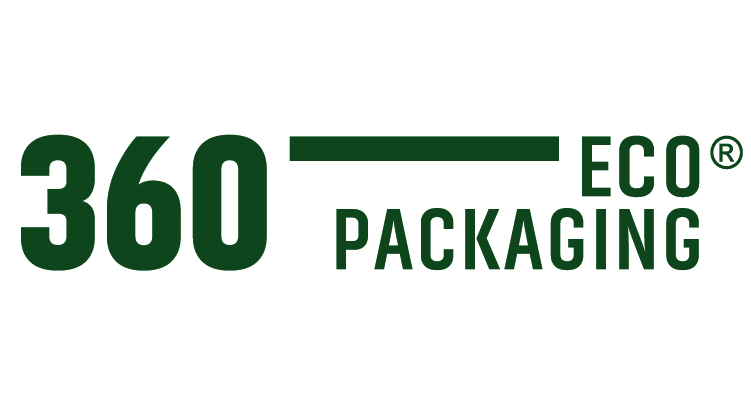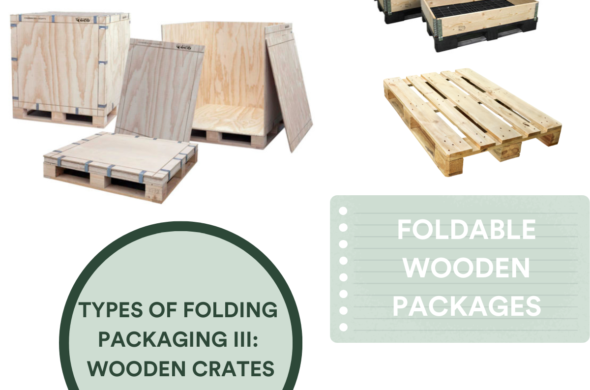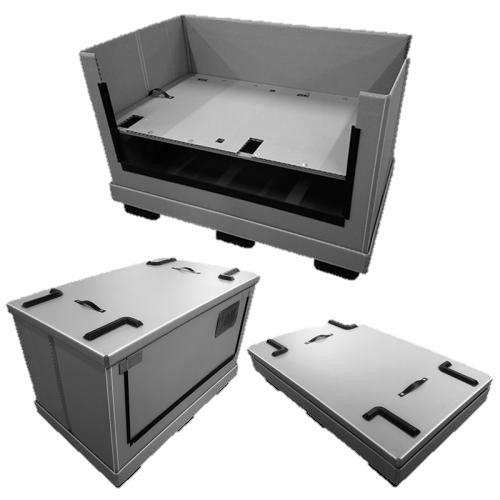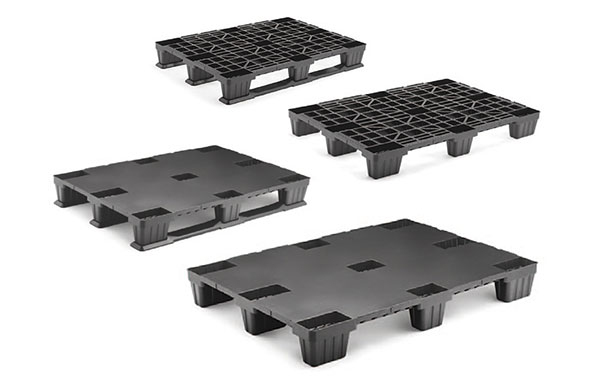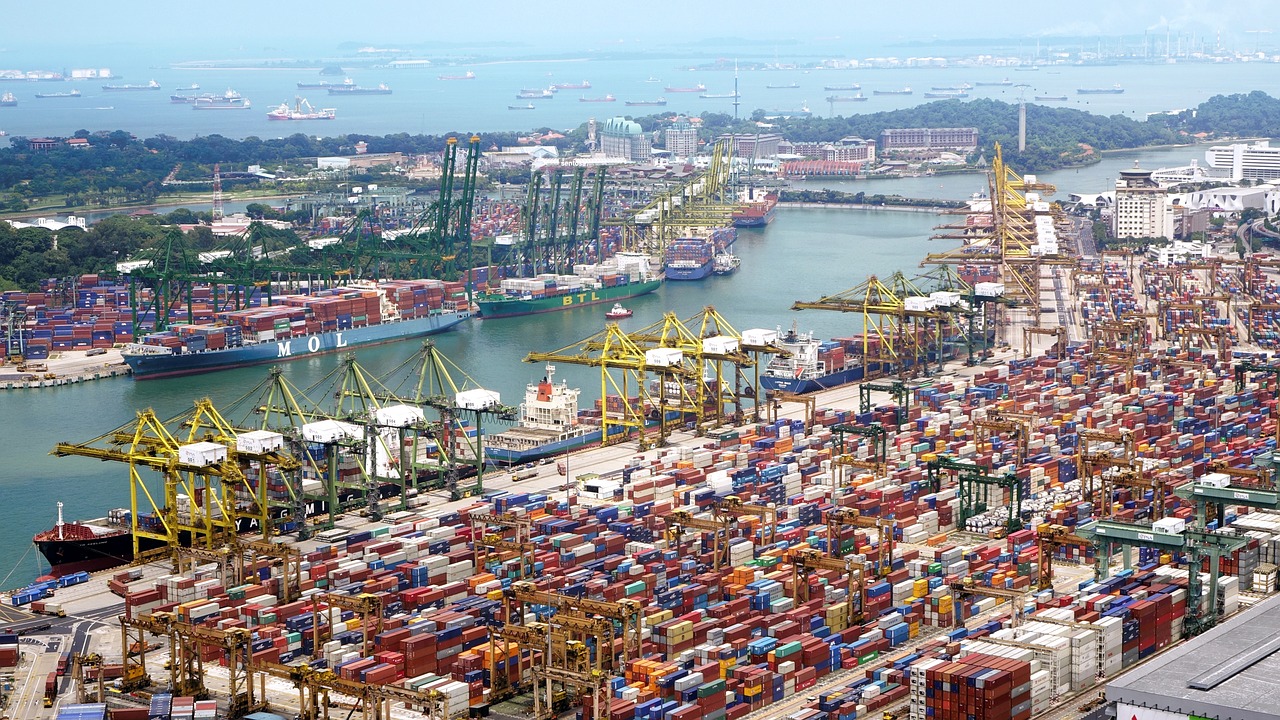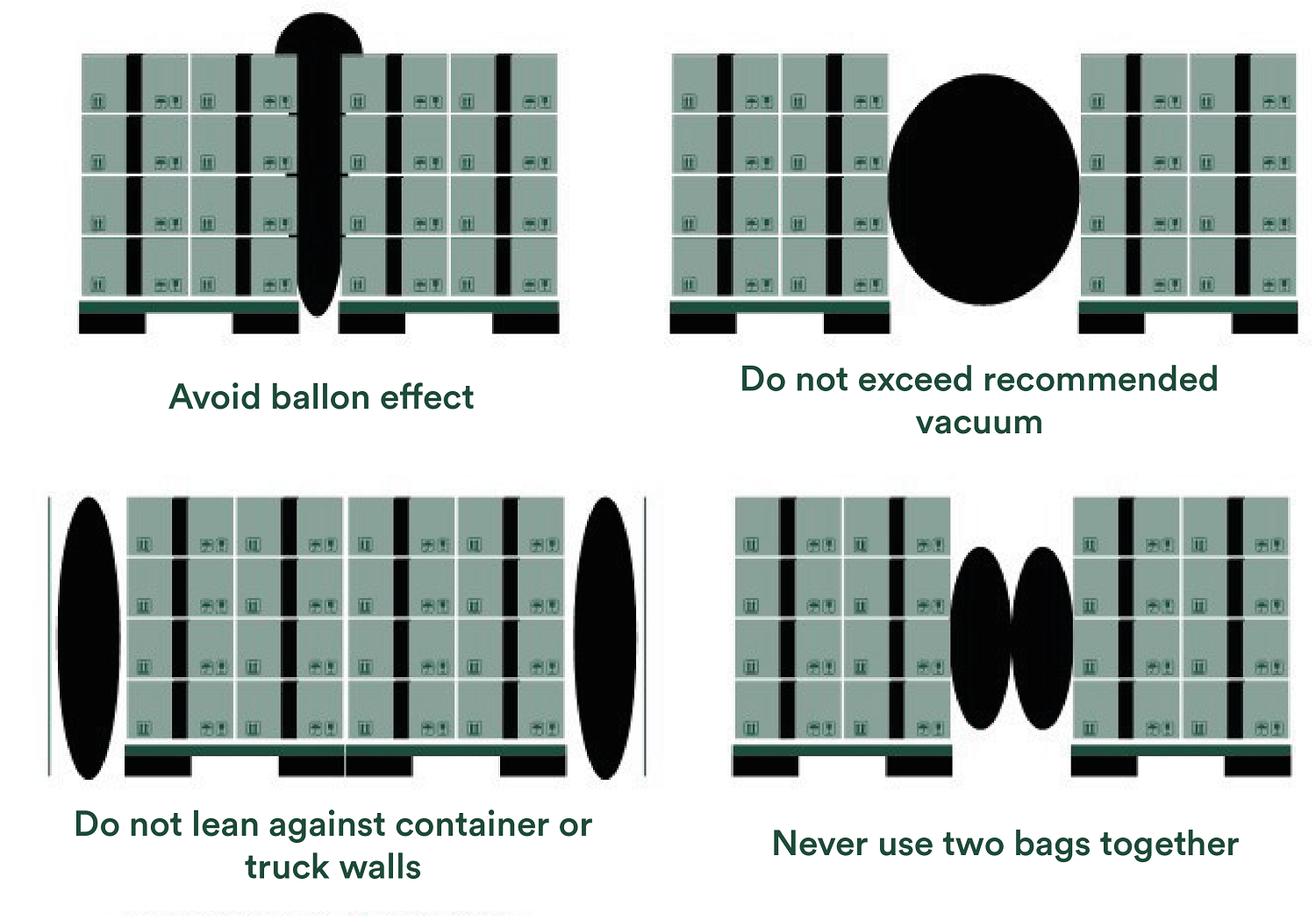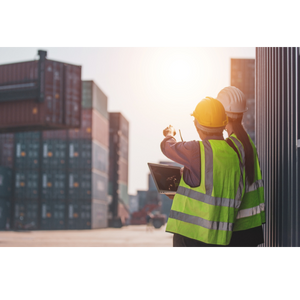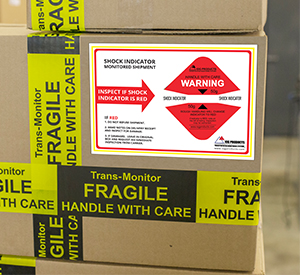Types of folding packaging III: Wooden Crates
Wooden folding collapsible crates are one of the most widely used export packaging systems since the dawn of trade. Throughout the history of packaging, man has transformed wood into barrels, crates, cradles and boxes of large tonnage in order to obtain a robust solution that would allow him to store all types of products and be able to ship them by sea, land or air.
One of the most innovative of these has been the collapsible crate made of disassembled wood. Thanks to the development of engineering, the cumbersome, heavy and difficult-to-move models with nails have gradually fallen into disuse. In their place, a much more cost-effective, sustainable and easy-to-handle protective solution for transporting goods has emerged: the collapsible crate.
Benefits of wooden collapsible crates
It should be noted that all wooden packaging traveling outside the European Union must comply with the international standard ISPM-15, which certifies that the wood is free of harmful pests and bacteria.
Companies dealing with fragile products and international shipments often turn to wooden collapsible crates for their many advantages.
Our flagship product is Clipping Crate®:

Easy to handle
Wood is a resistant material that can withstand shocks, vibrations and temperature changes. In addition, this type of packaging is designed to be easy to handle and to speed up opening/closing at destination or in transit (customs inspection).
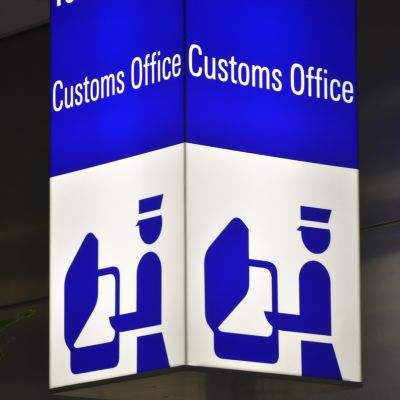
Reusable, Removable and Recyclable
Collapsible wooden crates can be disassembled and stored for future use. And they are repairable. With spare parts available, any of its parts can be easily replaced. Once it has reached its useful life, it can be returned for recycling. Thus, no waste is generated.
Customizable
It can be manufactured in standard and custom sizes, and can be personalized with the company’s brand or logo. This improves brand image and product identification during transport and storage.
Reduce costs
They are proven to help reduce the company’s logistics costs. Because they are stackable, they take up less warehouse space, which means fewer resources to store and transport them. This, coupled with their long shelf life, provides a quick return on investment.
Calculate here how much your company can save by using returnable packaging.

Clipping Crate® System
As mentioned above, our reference product in manufacturing is the Clipping Crate®.
It is a reusable, economical, resistant box with an innovative design. In addition, it stands out for its closing system using galvanized zinc clips or staples, which give it flexibility. The box can be assembled and disassembled by one person in just a few minutes without the use of tools.
Contact us and start taking advantage of the benefits of folding packaging.
![]()
